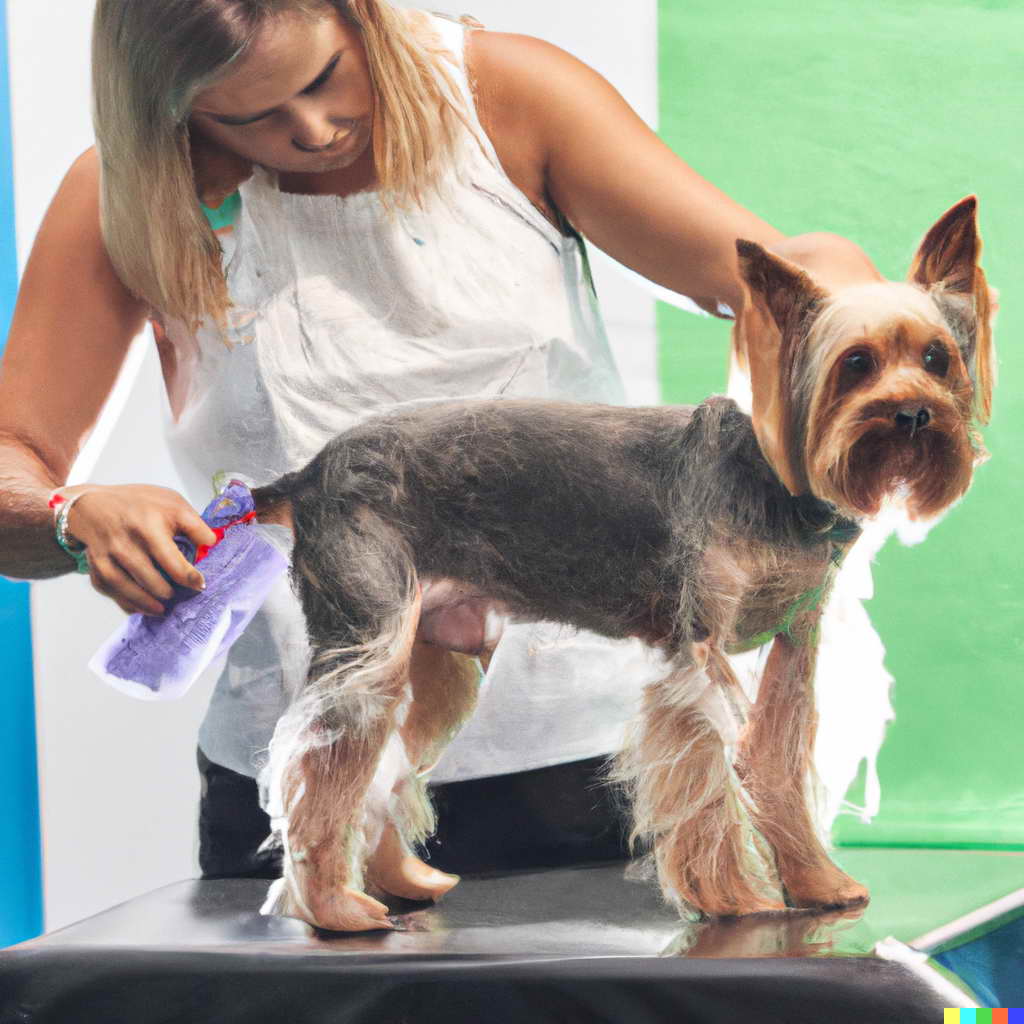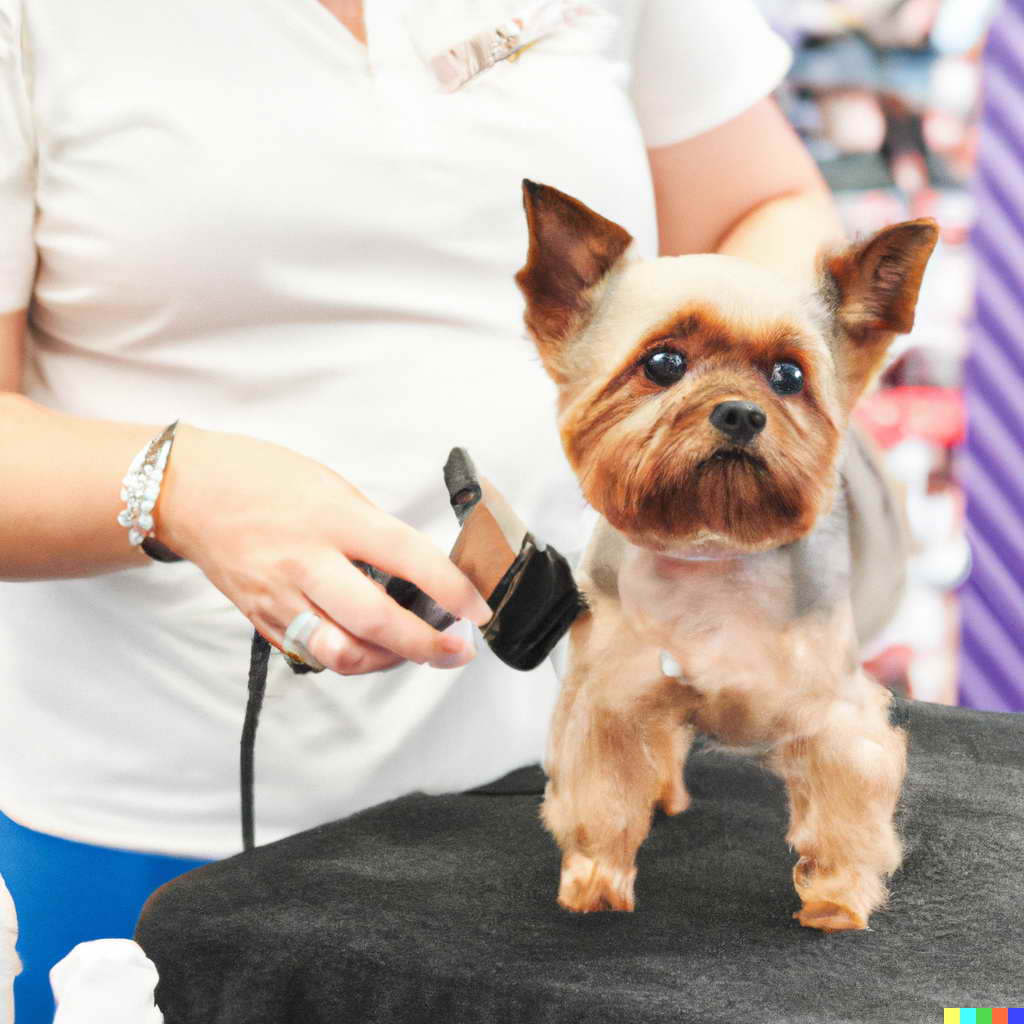Dog Grooming Terms Guide: A Comprehensive Reference for Pet Owners
If you are a dog owner, you understand the importance of proper grooming for your beloved pet. Grooming not only keeps your dog clean and healthy but also strengthens the bond between you and your furry companion. However, the world of dog grooming can be overwhelming, with various terms and techniques to comprehend. In this Dog Grooming Terms Guide, we’ll break down the key grooming terms, providing insights and tips to help you become a grooming expert for your canine friend.
The Basics: Dog Grooming Terms Guide
1. Coat Types and Textures
Understanding your dog’s coat type is crucial for effective grooming. Dog coats can vary from short and smooth to long and curly. Common coat types include:
- Short: Breeds like Dachshunds have short, dense fur that requires minimal grooming.
- Long: Afghan Hounds have luxurious, flowing locks that need regular brushing to prevent matting.
- Double: Breeds like Golden Retrievers have a double coat with a dense undercoat and longer topcoat, necessitating frequent shedding control.
- Curly: Poodles have tight curls, demanding consistent brushing and trimming.
2. Brushing Techniques for Different Coats
Each coat type requires specific brushing techniques:
- Slicker Brushes: Ideal for removing tangles and mats in long-haired breeds.
- Bristle Brushes: Suitable for short-coated dogs to remove loose hair and dirt.
- Undercoat Rakes: Effective for double-coated breeds, reducing shedding.
- Pin Brushes: Suitable for curly coats, preventing tangles.
3. Bathing Essentials
Bathing is a vital part of dog grooming. Use a dog-specific shampoo and follow these tips:
- Frequency: Bathe your dog every 4-8 weeks, depending on their coat and activity level.
- Ears and Eyes: Protect these sensitive areas by gently cleaning them with a damp cloth.
- Drying: Towel-dry your dog and use a hairdryer on low heat to avoid skin irritation.
4. Nail Trimming and Paw Care
Proper nail care prevents discomfort and injury:
- Trimming: Regularly trim your dog’s nails, avoiding the quick to prevent bleeding.
- Paw Pad Care: Moisturize and inspect paw pads for cracks or injuries.
5. Dental Hygiene
Oral health impacts a dog’s overall well-being:
- Brushing: Use a dog toothbrush and toothpaste to clean your dog’s teeth regularly.
- Dental Chews: Offer dental chews or toys to reduce plaque buildup.
6. Anal Gland Expression
Some dogs require manual expression of their anal glands:
- Groomer Assistance: Consult a professional groomer or veterinarian if unsure how to perform this procedure.
Advanced Techniques: Dog Grooming Terms Guide
7. Hand Stripping
Hand stripping is a grooming technique for wiry-coated breeds like Terriers:
- Process: Pluck the dead outer coat by hand to promote new coat growth.
- Professional Help: Hand stripping is best done by experienced groomers.
8. Scissoring and Clipping
For dogs with continuously growing hair, scissoring and clipping are essential:
- Techniques: Learn to use grooming scissors and clippers to maintain coat length.
- Professional Grooming: Seek professional help for complex haircuts.
9. Deshedding Methods
Deshedding keeps excessive shedding under control:
- Tools: Use deshedding combs or brushes specifically designed for shedding control.
- Regularity: Incorporate deshedding into your grooming routine, especially during shedding seasons.

FAQs
FAQ 1: How often should I groom my dog?
Grooming frequency depends on your dog’s coat type and activity level. Long-haired breeds may need grooming every 4-6 weeks, while short-haired breeds may require grooming every 8-12 weeks.
FAQ 2: Can I use human shampoo on my dog?
No, human shampoo can be harsh on a dog’s sensitive skin. Always use a dog-specific shampoo that is pH-balanced and free of harmful chemicals.
FAQ 3: My dog hates grooming. What can I do?
Start with short grooming sessions and use positive reinforcement, such as treats or praise, to make the experience enjoyable. Gradually increase the duration of grooming sessions as your dog becomes more comfortable.
FAQ 4: Can I groom my dog at home, or should I go to a professional groomer?
You can groom your dog at home, especially for basic grooming tasks like brushing, bathing, and nail trimming. However, for advanced grooming techniques like hand stripping or intricate haircuts, it’s best to seek professional help.
FAQ 5: How can I prevent my dog from getting anxious during grooming?
Create a calm environment by using soothing music, providing treats, and maintaining a relaxed demeanor. Also, introduce grooming tools to your dog gradually to reduce anxiety.
FAQ 6: What should I do if I accidentally cut my dog’s nails too short?
If you accidentally cut into the quick of your dog’s nail and it starts bleeding, use styptic powder or cornstarch to stop the bleeding. Apply gentle pressure to the nail until the bleeding stops.
Conclusion
With this comprehensive Dog Grooming Terms Guide, you are now equipped to handle your dog’s grooming needs with confidence. Remember to tailor the grooming routine based on your dog’s breed, coat type, and individual preferences. Regular grooming not only keeps your dog looking their best but also promotes a healthy and happy life for your furry companion.


Leave a Reply